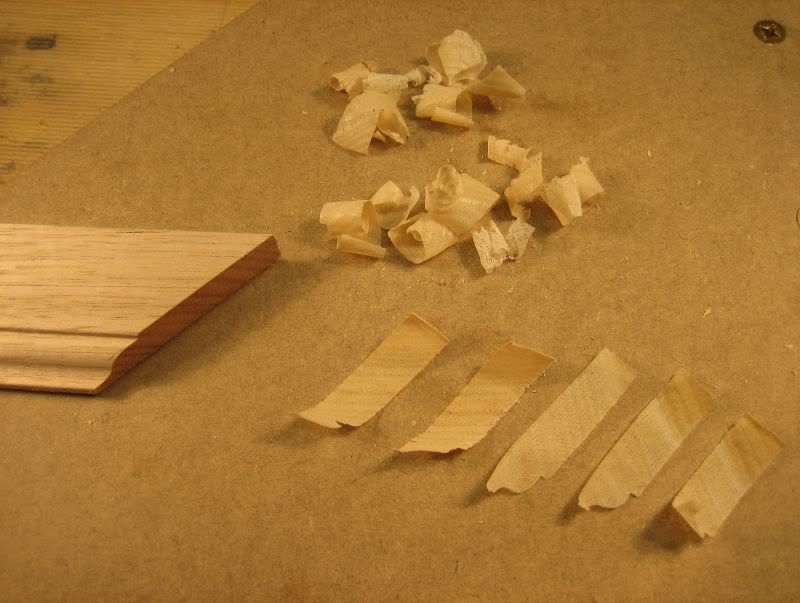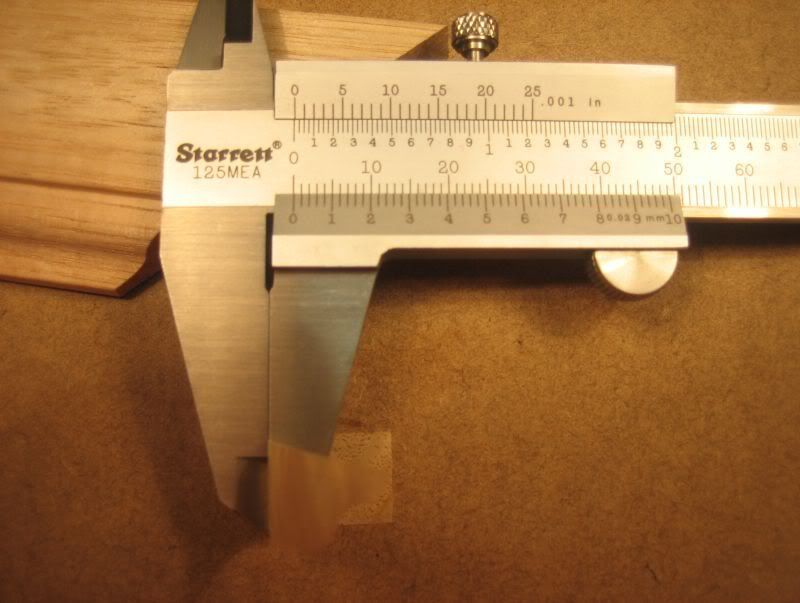A
Anonymous
Guest
You must enter a message when posting

David C":3qy34ww5 said:Some particularly analytical minds may work these things out for themselves, but there is no totally satisfactorty substitute for being shown, and getting through the initial difficulties, with someone who can do it.
Try the same on a hard felt or MDF wheel mounted in a grinder and be prepared to go "coo" :shock: Make sure the wheel's turning away from the edge, natch.Paul Chapman":3imc3w23 said:All I ended up doing was adding a leather strop and some polishing compound




Alf":3rsljf6x said:Perhaps it'd be helpful for beginners to get away from the waterstones/diamonds/oilstones stuff and just think of it all as coarse/medium/fine/extra fine? After all you can pretty much mix and match - except waterstones after oil would be a recipe for disaster I imagine. I dunno, it just seems we do tend to get wrapped up in the form of the abrasive which must just add to the confusion.
Alf":1sy5yktv said:Wotcha, Richard; would that be using a hollow ground bevel? Cheers, Alf
I think Jacob's statement is an absolutely true thing.Mr_Grimsdale":1plet7jz said:Yes I agree with that. I'd add that you might as well start off by trying the tried, tested, cheapest; double sided oil stone, tin of oil and oily rag.MikeW":1plet7jz said:I think what further compounds the issue is when one bounces from one method or technique to another before mastering the method or technique at hand.
Often this is because the results do not align with what one knows one should obtain. So the method or technique is ditched in favor of another. And often, this technique or method is ditched for yet another. Doing this is counterproductive.
This 'sharpening system' has served well generations of highly skilled craftsmen, and once you've got the hang of it you may decide that you don't need anything else, though for many a cheap bench grinder (£30 or so) is the only useful addition. ...



Alf":1ugp30fg said:So is that a yes...Cheers, Alf
Ah, I was sort of wondering if it made a difference to your students I suppose. Having read your famous apprentice sharpening piece I imagine you'd just take it as a minor challenge to put an edge on a Dairylea triangle :lol:Sgian Dubh":2hnvslky said:But whether it's a flat grind or hollow grind really makes no difference as far as I'm concerned.
And that's the main thing =D> The Groz planes really don't work half bad with a sharp edge. It's setting the darn things that can get frustrating.Keefaz":3gw3ff4r said:I used it yesterday to clean up some ugly spots and end grain on an easel I made for the missus and it did a terrific job. I'm sure it's not in the same league as your LN 60 1/2, but, by my standards, it was like a knife through butter (or is it dairylea?)
engineer one":1aaxa2d2 said:as said elsewhere, i have found that flattening the back of record and stanley plane blades is a longer task than LN or LV, but the first time always takes time.